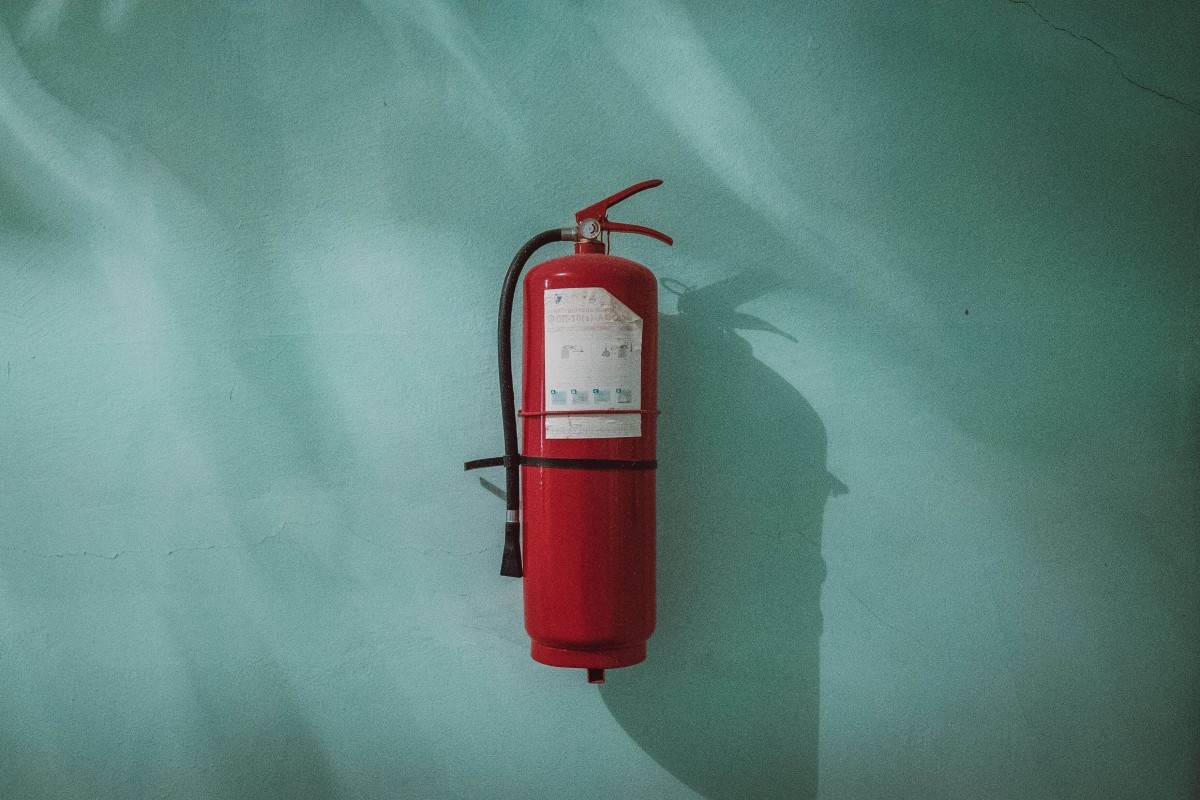If you've experienced a fire, I'm sure the last thing you're thinking about is how to clean up the fire extinguisher residue. However, the clean up process can be very particular depending on which kind of fire extinguisher you use.
Fire extinguishers can be compared to cars in the sense that there are many different makes and models that consist of various functions, designs, durability, etc. Each one is different and serves a different purpose. Because every fire extinguisher is different, they require a different method of cleaning up after them.
That's why after you experience a fire and put out the flames, it's important to know your next steps and how to take care of the leftover fire extinguisher residue. In this blog, we will discuss the top fire extinguisher devices and how to clean up after using each one.
Fire Extinguisher Residue Clean Up Process
Below is the breakdown of the four types of fire extinguishers and the best way to clean up after them.
Dry Chemical
Dry chemical fire extinguishers are great for small fires that occur in industrial or commercial buildings. They're compact, making them easy to store and transport when needed.
- Vacuum or sweep up as much of the excess residue as you can
- To break up the leftover silicone from the dry chemical, mix together a solution using 50% isopropyl alcohol and 50% warm water then spray the area. Let the solution settle for about five minutes then rinse the area using warm water.
- To treat sodium bicarbonate and potassium bicarbonate based dry chemicals, mix together a solution using 98% hot water and 2% vinegar and wash the area with it. Let the solution settle for about five minutes then rinse the area using warm water.
- To treat monoammonium phosphate based dry chemical, mix together a solution using hot water and baking soda. Let the solution settle for about five minutes then rinse the area using warm water.
- Wash and rinse the area with a solution made of soap and water.
- Use a fan to spot dry the wet areas.
Wet Chemical
Wet chemical fire extinguishers are ideal for food service businesses and kitchens because they quickly cool down hot areas and take out flames.
- Ensure any fuel sources connected to your equipment are turned off.
- Put on rubber gloves so none of the liquid or cleaning agent touches your skin or eyes. If you do come in contact with the agent, be sure to thoroughly wash it off or rinse your eyes.
- Clean up any residue using hot water mixed with soap. You can use a sponge or a cloth to scrub the area.
- Rinse the surfaces and affected areas.
- Allow the area to dry before you turn back on any of your equipment.
Class K Wet Chemical
Class K wet chemical fire extinguishers are made for commercial kitchens and grease fires because the device can keep vapor and steam away from the fire.
Use the same clean up process as the wet chemical fire extinguisher above.
Clean Agent
Clean Agent extinguishers fight Class A, B, and C fires and they're generally used in server rooms that contain sensitive electronic equipment.
No special clean up process is necessary because the clean agent will dissipate on its own, leaving nothing behind.
Fire Protection Near You
Frontier Fire offers fire protection throughout Denver and the Colorado Front Range. We have been Colorado's leader in fire safety systems since 1960. Give us a call today if you're in need of fire alarm, fire sprinkler, or backflow services.

